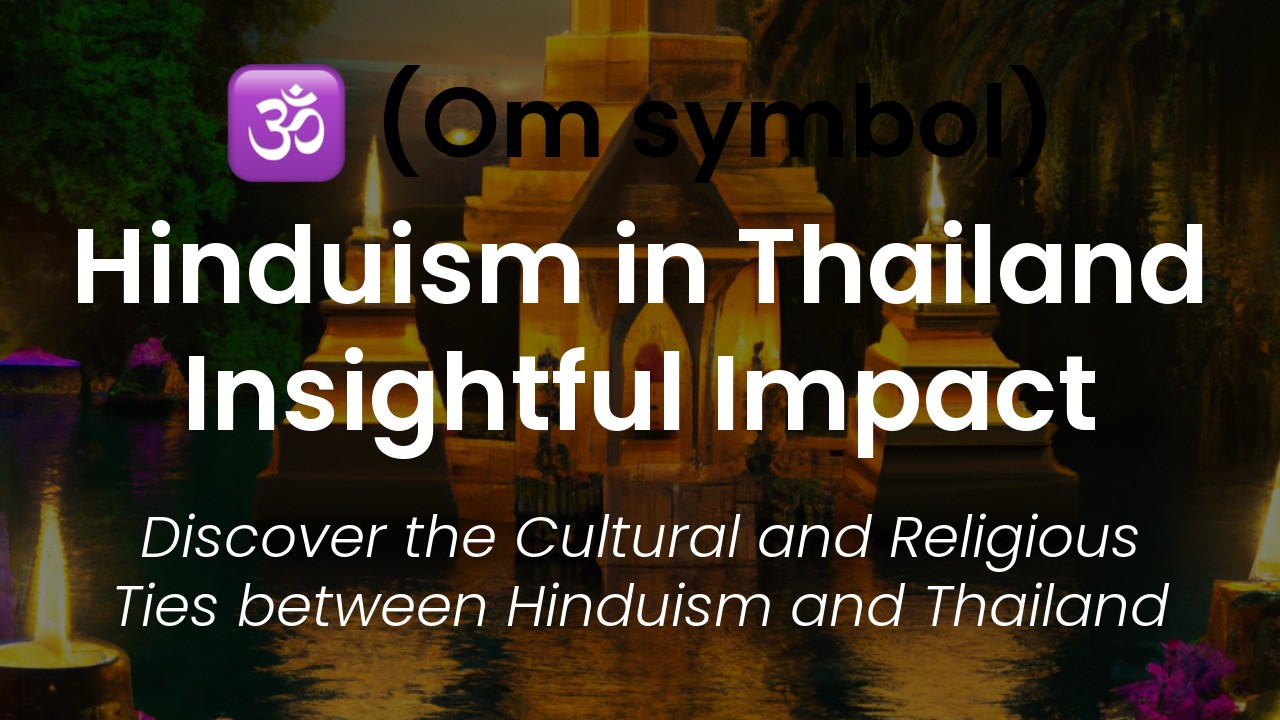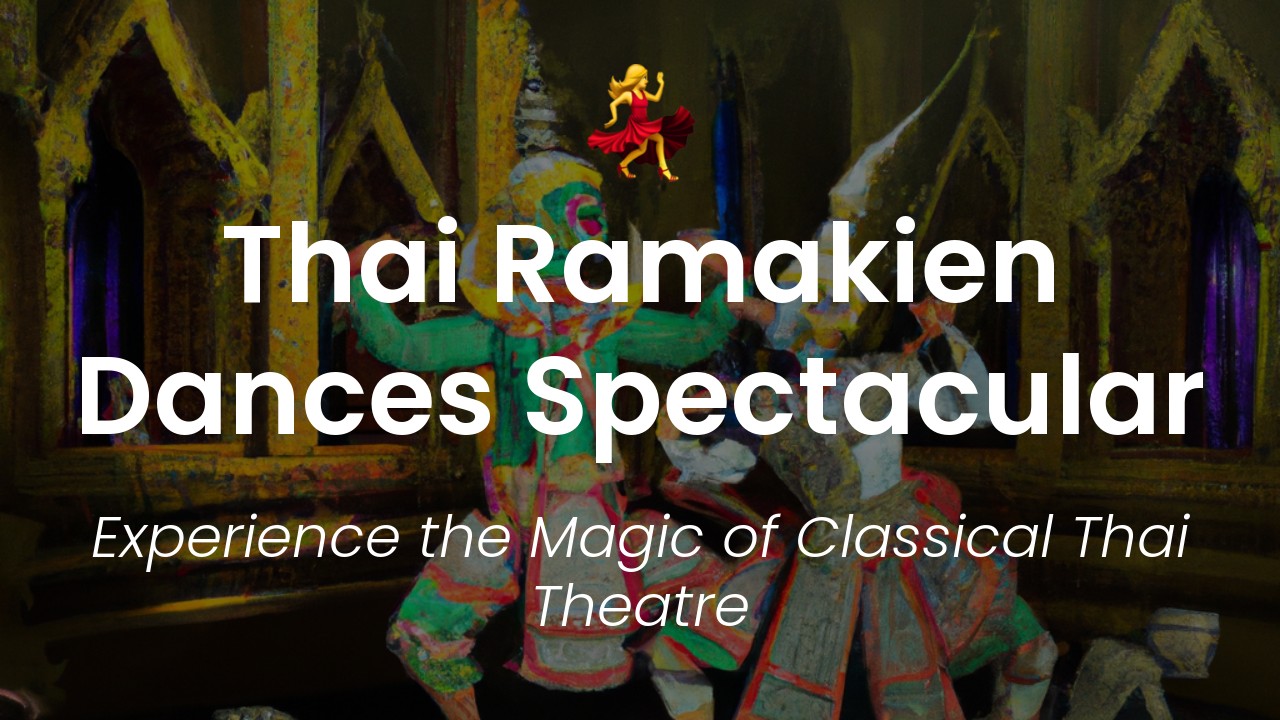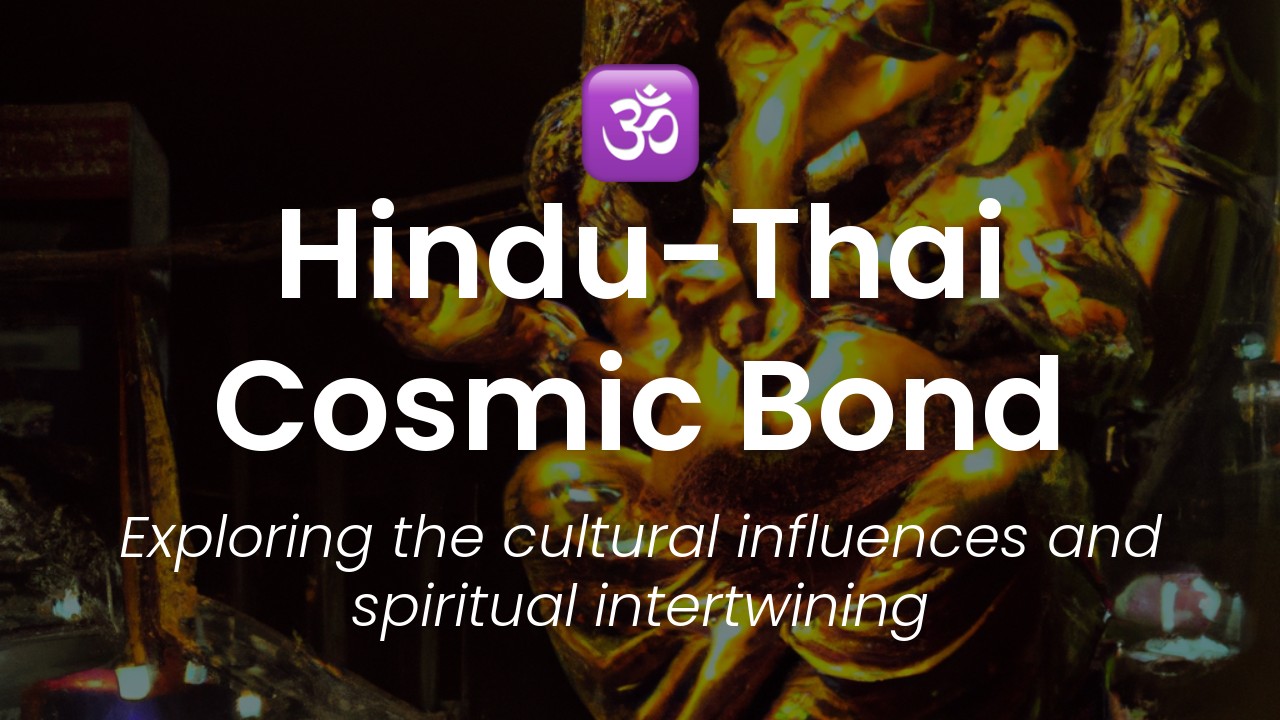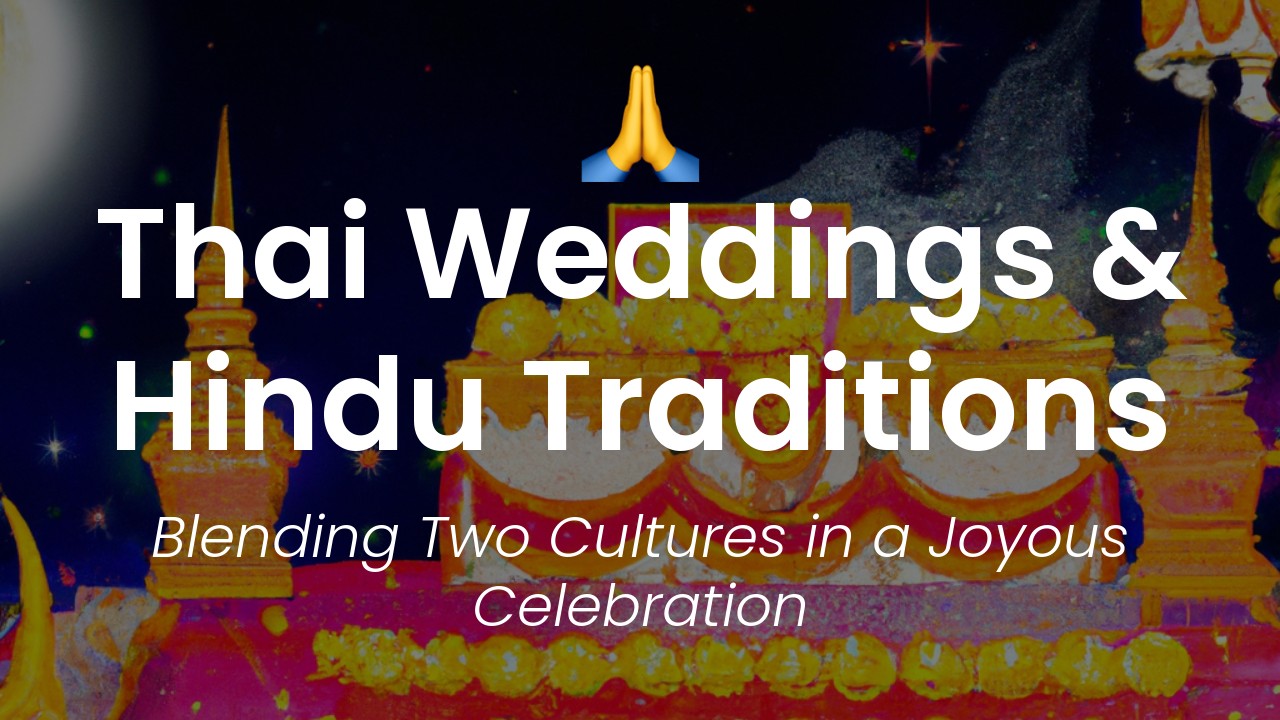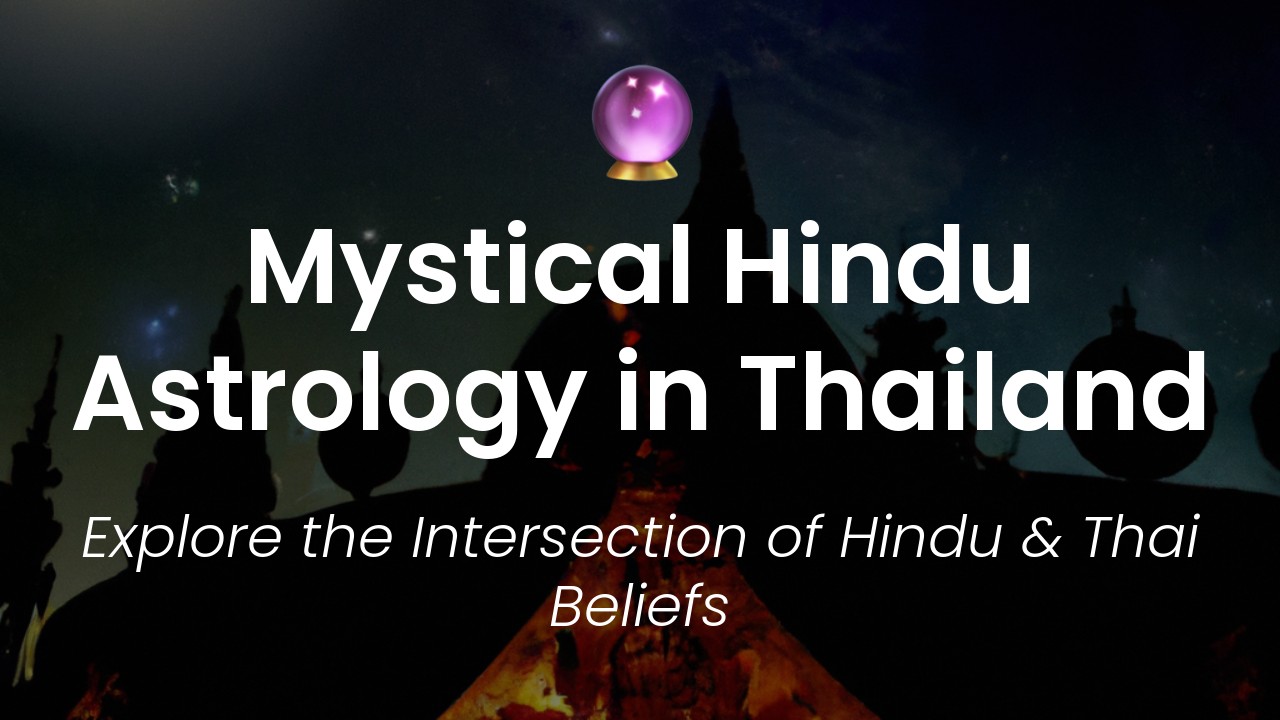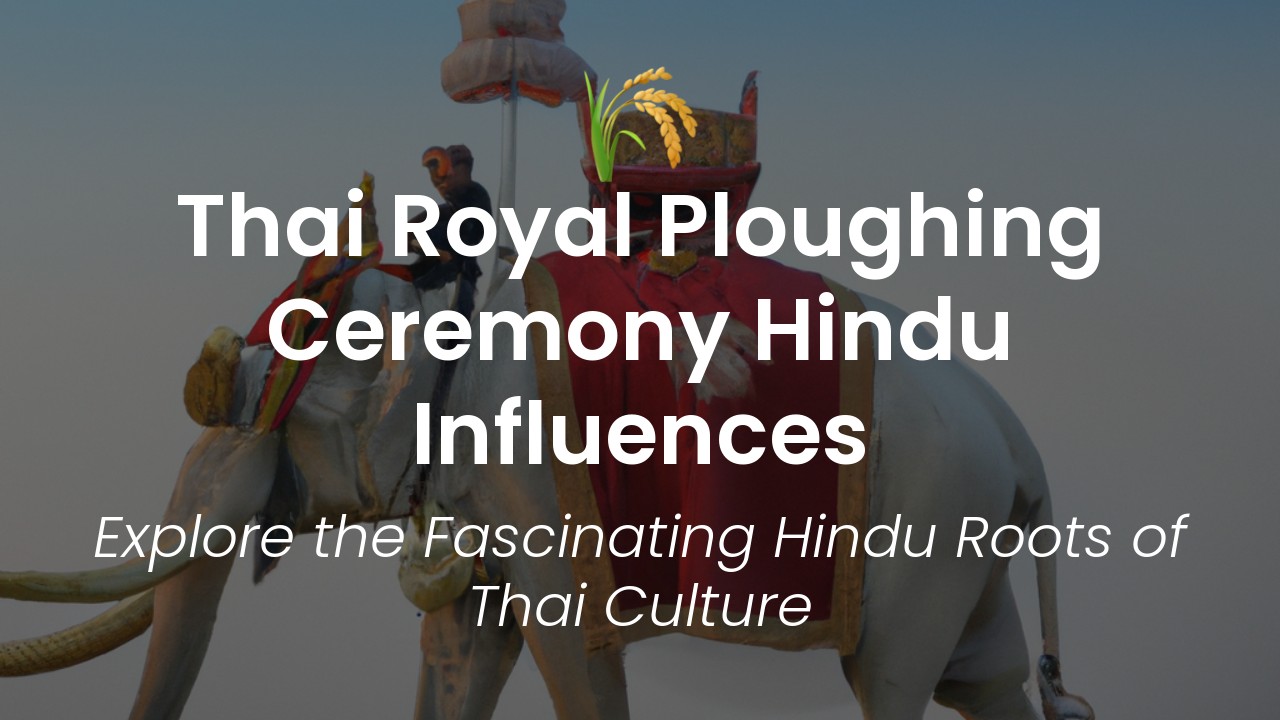As a country that boasts a culture so rich and diverse, it's no surprise that Thailand has been influenced by various religions. Among these, the ancient Indian religion of Hinduism holds a special place. The roots of Hinduism can be traced back to Indus Valley Civilization in present-day Pakistan and India. This religion, over time, spread to other parts of the world, including Thailand.
Hinduism is a complex religion with various beliefs and practices, and over the centuries, its influence on Thai culture has been immense. From art and architecture to customs and traditions, the influence of Hinduism is apparent even today. In this blog post, we'll delve deep into how Hinduism to Thailand and the impact it had on this beautiful country.
In ancient times, Thailand was known as Siam, and it was mainly the southern part of the country that was significantly influenced by Hinduism. The earliest evidence of Hinduism in Thailand can be found in the many Hindu sculptures that have been unearthed around the country, especially in the southern regions. These sculptures are believed to date back to the pre-Buddhist era and are an essential part of the country's rich history.
Over time, Hinduism played a significant role in shaping various aspects of Thai culture. From the Khmer Empire that ruled over parts of Thailand, Cambodia, and Vietnam in the 9th to 15th centuries, to the Ayutthaya Kingdom, Hinduism's influence is seen all around the country. Join me as we dive deep into this fascinating subject and discover how Hinduism has shaped Thailand in ways we never imagined!
The Arrival of Hinduism in Thailand
The history of Hinduism in Thailand dates back to the early centuries A.D., when traders and missionaries from India set foot on the fertile land of Southeast Asia. They brought with them their culture, religion, and architecture, which heavily influenced the local traditions and customs. The Pali and Sanskrit inscriptions discovered at various archaeological sites in Thailand bear testament to the deep cultural exchange and the assimilation of Indian values.
According to the popular legend, the Hindu god Indra once appeared before a Thai king and taught him the art of metallurgy and agriculture. The king, impressed by Indra's divine benevolence, embraced the Hindu faith and encouraged his subjects to do the same. Thus began a new chapter in the spiritual and cultural evolution of Thailand.
Thai Hinduism's Influence on Art
The artistic legacy of Hinduism in Thailand can be seen in the various temples and palaces that dot the landscape. The intricate carvings, murals, and sculptures depict the life and times of the Hindu deities and the events from the Indian epics like the Mahabharata and Ramayana. The Wat Phra Kaew or the Temple of the Emerald Buddha in Bangkok is a classic example of the fusion of Hindu and Buddhist iconography. The temple complex contains several buildings, including the Grand Palace, that are adorned with ornate motifs and intricate patterns.
The Hindu influence on Thai art is not limited to architecture alone. The performing arts, such as dance, music, and drama, also bear the imprint of Hinduism. The classical Thai dance forms, like the khon and the lakhon, are infused with Indian elements, such as hand gestures, facial expressions, and costumes. The shadow puppetry, known as nang yai, is also believed to have originated in India and was introduced to Thailand by the Hindu monks.
The Importance of Hindu Deities in Thai Culture
The Hindu pantheon of gods and goddesses has played a crucial role in shaping Thai culture and beliefs. The Brahmanical gods, such as Brahma, Vishnu, and Shiva, are revered by the Thai people for their constructive, preservative, and destructive powers, respectively. The cult of Shiva, in particular, has a significant following in Thailand, with several Shiva temples scattered across the region.
Apart from the major gods, the Thai people also worship a vast array of Hindu deities who are believed to bless them with wealth, prosperity, and good fortune. Some of the popular deities are Ganesha, the remover of obstacles, Lakshmi, the goddess of wealth and beauty, and Hanuman, the monkey god who embodies strength and loyalty.
Thai Festivals Rooted in Hinduism
The festivals and rituals observed by the Thai people bear witness to their Hindu heritage. The most famous festival is the Songkran or the Thai New Year, which is celebrated in mid-April and marks the beginning of the Thai agricultural calendar. The festival is closely associated with water, which is used to purify oneself and to welcome the new year with freshness and vitality.
Another significant festival is the Loy Krathong, which is held on the full moon of the 12th lunar month, usually in November. The festival involves floating small, beautifully decorated rafts, known as krathongs, down the rivers or canals as a symbol of letting go of negative thoughts and emotions.
The origins of both these festivals can be traced back to Hinduism. The Songkran festival is believed to have evolved from the ancient Indian festival of Holi, which celebrates the triumph of good over evil and welcomes spring with joy and exuberance. The Loy Krathong festival is said to have been inspired by the Indian festival of Diwali, which commemorates the triumph of light over darkness and good over evil.
The Legacy of Hinduism in Modern-Day Thailand
Although the influence of Hinduism on the Thai culture has undergone several transformations over the centuries, its legacy continues to thrive in modern-day Thailand. Hindu motifs and symbols can be seen everywhere, from the Thai baht currency notes to the logos of major companies. The Hindu dieties continue to hold a significant place in the hearts of the Thai people, who seek their blessings for both personal and public life.
In conclusion, the impact of Hinduism on Thailand goes beyond mere religious affiliation. It has left an indelible mark on its art, culture, and traditions, and continues to inspire and enrich the lives of millions of Thais. The fascinating insights into this cultural exchange offer a glimpse into the shared heritage of India and Thailand and underscore the timeless significance of the Hindu ethos.

